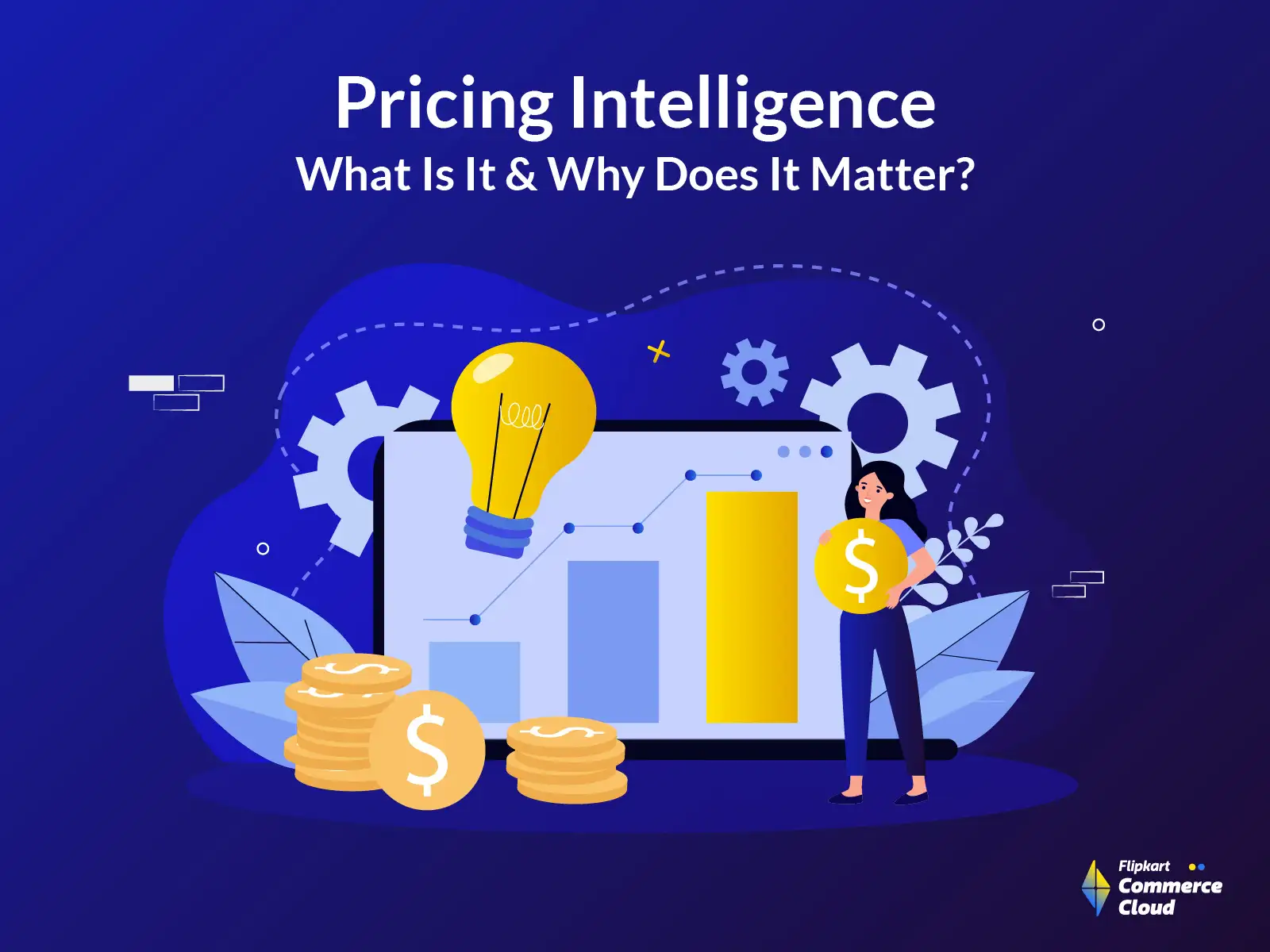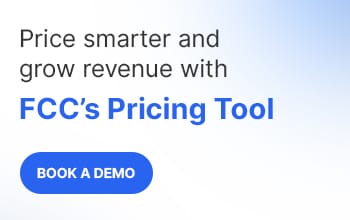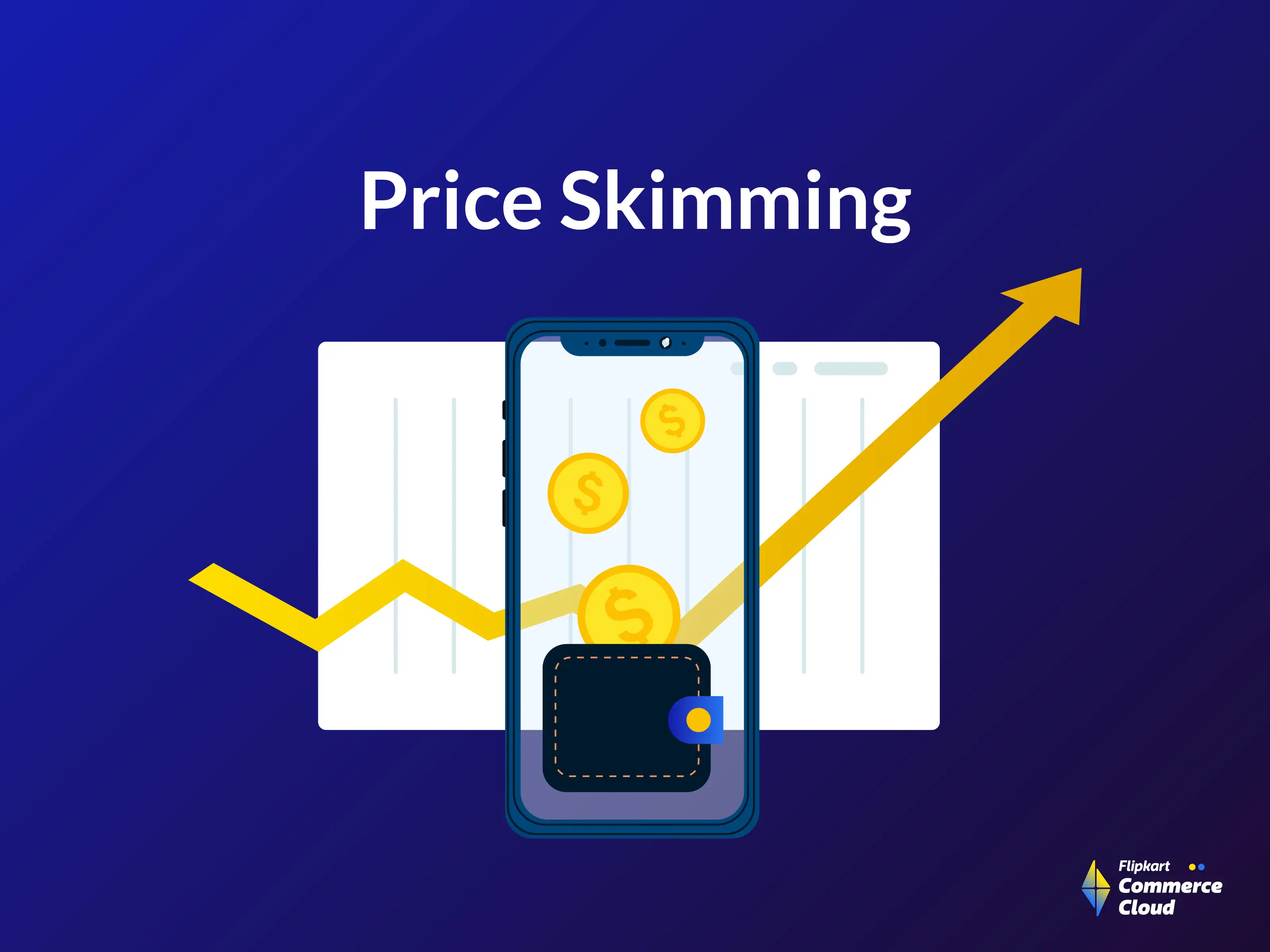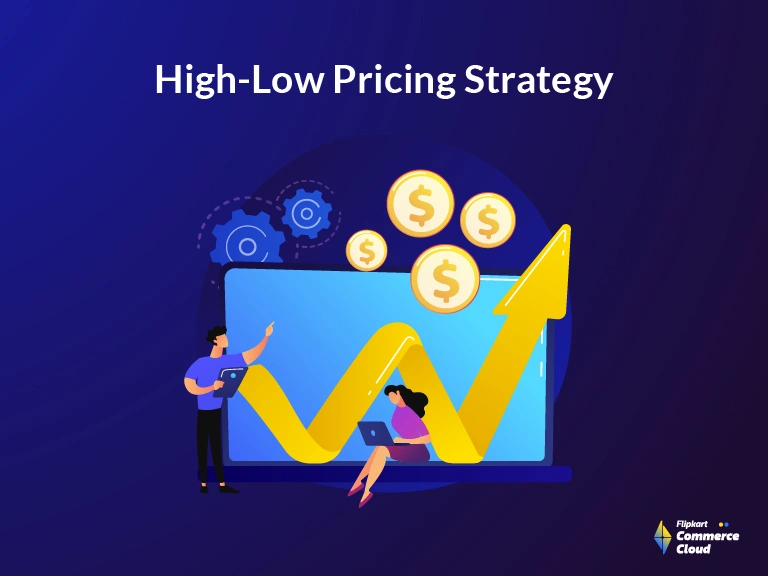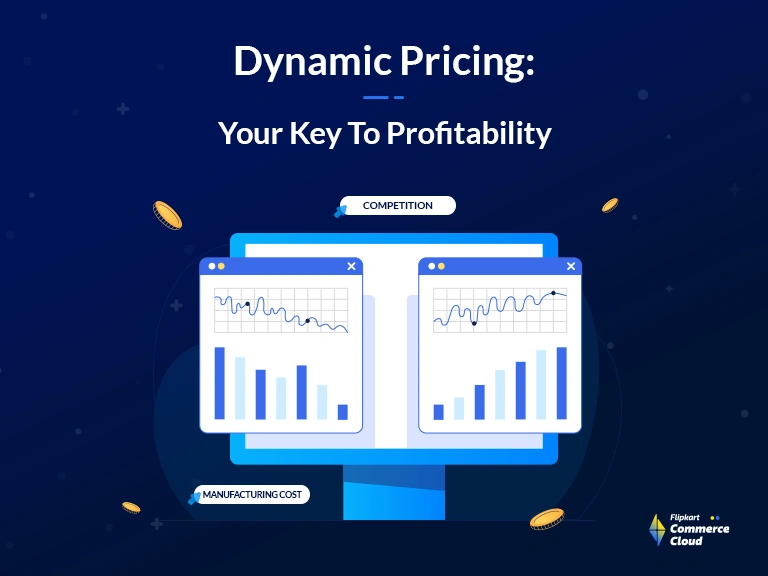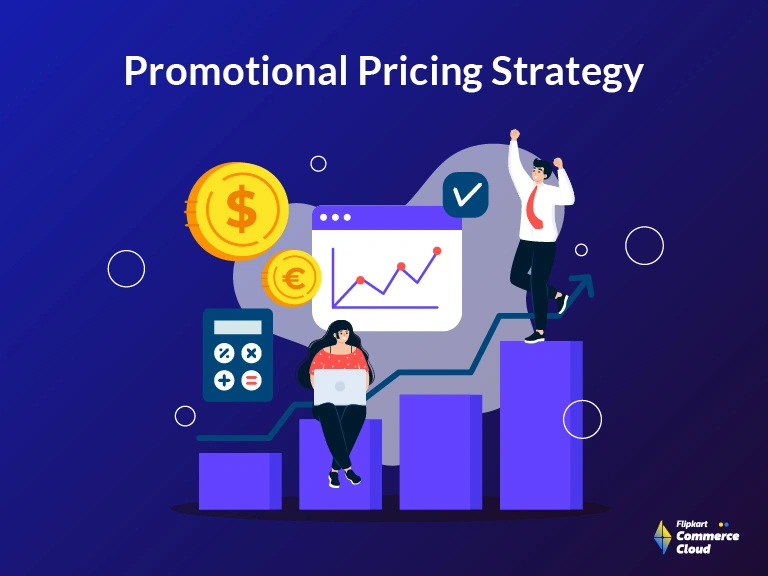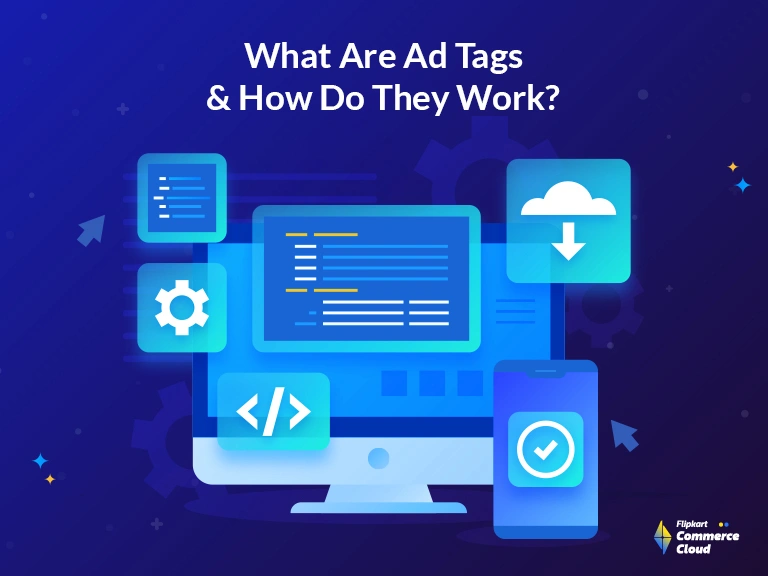When was the last time you made a buying decision? Or should we ask when was the last time you made a buying decision without comparing prices? Probably never!
Whether it’s a simple hair accessory or a high-tech smartwatch, every buying choice we make includes comparing prices. Price comparisons rank highest on the poll (72%), according to the study on what matters the most while shopping online.
It all boils down to one question: ‘Can I find this for a lesser amount somewhere else?’
That’s where price intelligence comes into play. Price intelligence is a must for online retailers as it allows them to set the correct prices and stay competitive in an online market where everyone is constantly comparing prices.
In this blog, learn about pricing intelligence, its benefits, competitive advantage, and how you can use it to attract price-savvy customers and keep your business thriving. Read along!
What is Price Intelligence?
Pricing intelligence is a data-driven approach to analyzing market dynamics and competitive prices to make informed pricing decisions. This involves studying customer demand and using methods such as crawling and scraping, competitor price monitoring, and dynamic repricing.
Price intelligence software allows businesses to stay informed about their competitors by providing product matching, price change alerts, and suggested price values. This enables businesses to make strategic pricing decisions that maximize profitability.
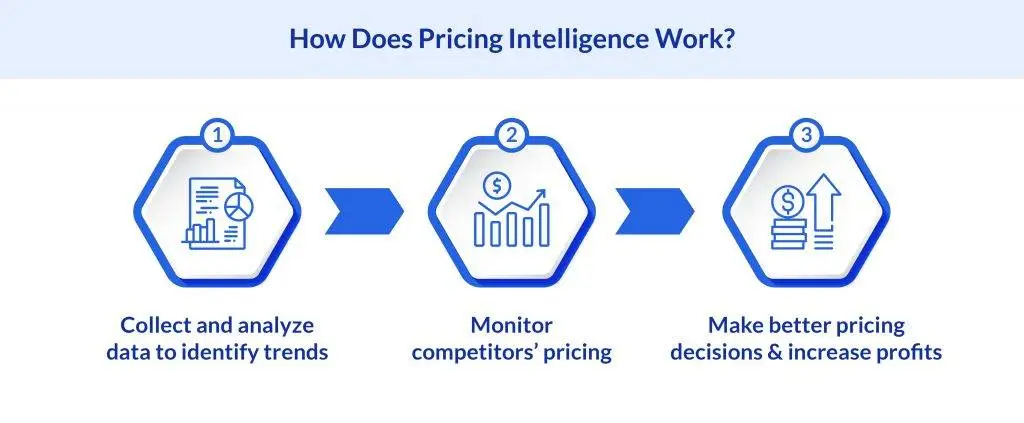
Why is Price Intelligence Important?
According to Shopify’s Future of Commerce Report 2022, the cost of a product plays a significant role in consumer decision-making, with 74% of customers influenced by it. On their shopping journey, the average customer checks out at least three websites before hitting that buy button. But simply lowering your prices in response to competitors can be counterproductive.
The key is to track your competitors’ pricing strategies over time, analyze trends, and then craft your own winning pricing strategy. By understanding price elasticity, maintaining transparency, and embracing a dynamic pricing strategy, you can keep your products alluring to customers.
Benefits of Pricing Intelligence
Boost Your Sales with Strategic Pricing
Imagine planning a promotion for a specific product—you’ll need to understand how discount strategies like percentage off, price reduction, or buy-one-get-one-free (BOGO) affect your profit margins and sales forecasts. Competitive intelligence provides timely comparisons and data analysis of competitors’ prices, deals, offers, and discounts.
This helps you analyze where your pricing stands in comparison with your competitors and tailor your promotions to leverage these insights. With this, you can collaborate with your marketing department to allocate spending effectively, enhancing return on investment (ROI). Ultimately, the goal of pricing intelligence is to align prices with core business objectives, ensuring competitiveness, margin protection, reputation building, or other strategic aims.
Protects your Margin
While competitor pricing offers valuable guidance, price intelligence goes beyond that. By analyzing pricing trends alongside the cost of the product, you gain a clearer picture of potential profit margins. It allows you to explore the competitive landscape of product offerings, identifying areas of overlap that suggest room for expansion in your own product line.
Pricing intelligence software helps you make informed decisions: if competitors offer a product at a price you can’t match, you can refocus on more profitable items. Likewise, if you have a high-demand product with limited competition, price intelligence software can help you understand the market’s willingness to pay and maximize your profits.
Customer Satisfaction through Optimized Pricing
Customer satisfaction hinges on many factors, with pricing and promotions taking the top positions. Cheapest isn’t always the best, as low prices can signal low quality. Pricing intelligence helps you fine-tune pricing and promotions to drive sales and cultivate delighted, loyal customers.
Effective pricing will result in content customers who feel they’ve received good value for their money, ensuring their return business. The pricing intelligence platform lets you create personalized discounts to make customers feel valued and special, elevating overall satisfaction.
Competitor Price Comparison for Market Alignment
Price intelligence is essential for businesses to monitor and analyze their competitors’ pricing strategies. Businesses can identify pricing patterns and make necessary adjustments by gaining insights into how their competitors price their products. This may involve lowering prices to remain in the market race or increasing them based on relevant market data. Implementing this strategic approach enables businesses to maintain a strong position in the market and proactively respond to any competitive pressures.
Enhancing Perceived Value through Pricing Intelligence
Price intelligence is more than just matching prices; it involves studying the perceived value that customers associate with products at various price points. This understanding allows businesses to set prices that accurately reflect customers’ value of their products, striking a balance between cost and quality to meet customer expectations. By offering fair pricing, businesses can create satisfied customers who believe they are getting good quality for their money and encourage repeat business and loyalty.
How to Optimize Price Intelligence to Grow Revenue
Identify Your Competitors
The first step in price optimization is to find out who your competitors are. What kind of products are they selling, and to whom are they selling them? Conduct a thorough market analysis to identify both direct and indirect competitors. Evaluate their market presence, customer base, and sales platforms to prioritize which competitors pose the greatest threat. You can then focus on dealing with the competitors posing the most significant threat before addressing the others
Monitor Competitors' Prices & Offers
The next step involves continuous monitoring of competitors’ prices and offers. Advanced tools and techniques like web scraping, text analysis, image recognition, and machine learning are employed to ensure accurate product comparisons.
You also need to monitor prices, shipping details, stock availability, and promotional offers to gauge the market sentiment and demand
Collate Data Sources and Analyze
Retailers must have a thorough understanding of their competitors’ current and evolving pricing strategies. This requires data collection from various sources, using both automated and manual methods, to gain a comprehensive view of the competitive landscape and consumer behavior.
Analyzing this data can help predict future market trends, assess the impact of price changes on consumer purchasing decisions, and determine the most effective price points that balance competitiveness with profitability. In addition to tracking competitor prices, retailers should also gather data on how consumers react to price changes. This two-pronged approach is vital for developing a pricing strategy that is competitive and enticing to the intended audience.
Evaluation, Analytics, and Reporting
Having pricing information alone is not enough; it needs to be turned into actionable insights to drive revenue growth using analytics and reporting. This involves studying historical data, cost analysis, competitor pricing analysis, customer segmentation and pricing sensitivity.
Retailers can receive automated alerts for significant changes in competitor’s pricing with price monitoring software. Modern software can further suggest the best actions that you can take to respond to such a price drop, making it easier for you to ensure you can seize the opportunity.
Here are a few questions that you should answer while evaluating pricing for your own products:
- Do you know what your competitors are selling?
- Do you know how your competitors are offering discounts?
- Do you know what trends your consumers are looking to buy into?
- Do you know what consumers are willing to pay for a given item in a given market segment?
- Are your competitors raising or lowering prices?
- Will consumers pay more for a specific item, feature, or product attribute (like a sustainability-produced garment)?
- Why are consumers buying from your competitors?
- Do you think there are gaps in your assortment?
- How are you currently monitoring competitor promotion and pricing strategies?
- Are you spending too much money, resources, and effort on this?
FCC Pricing solution for competitive benchmarks
With the increasing transparency of online prices and consumer behavior of comparing prices before making a purchase, investing in the right pricing solution is essential for staying competitive and retaining customers. This will provide retailers with valuable insights into their competitors’ pricing strategies and help them make informed decisions to attract and retain customers.
With a modern retail pricing solution like FCC’s Pricing Manager, you can easily set real-time prices of products based on the latest market trends and competitor prices. Our dynamic pricing system allows you to adjust your product prices in response to changing market conditions. Our Pricing Intelligence solution offers predictive pricing capabilities to help businesses like yours better serve their customers and stay ahead of the competition.
FCC blends AI and ML technology to understand customer behavior, accurately forecast market demand, and strategically price your products. But that’s not all. FCC is more than just a solution provider; it’s a partner on your retail journey. We will work together to navigate challenges in the retail industry and drive towards success.
Contact us today to transform your retail challenges into opportunities with FCC by your side.
